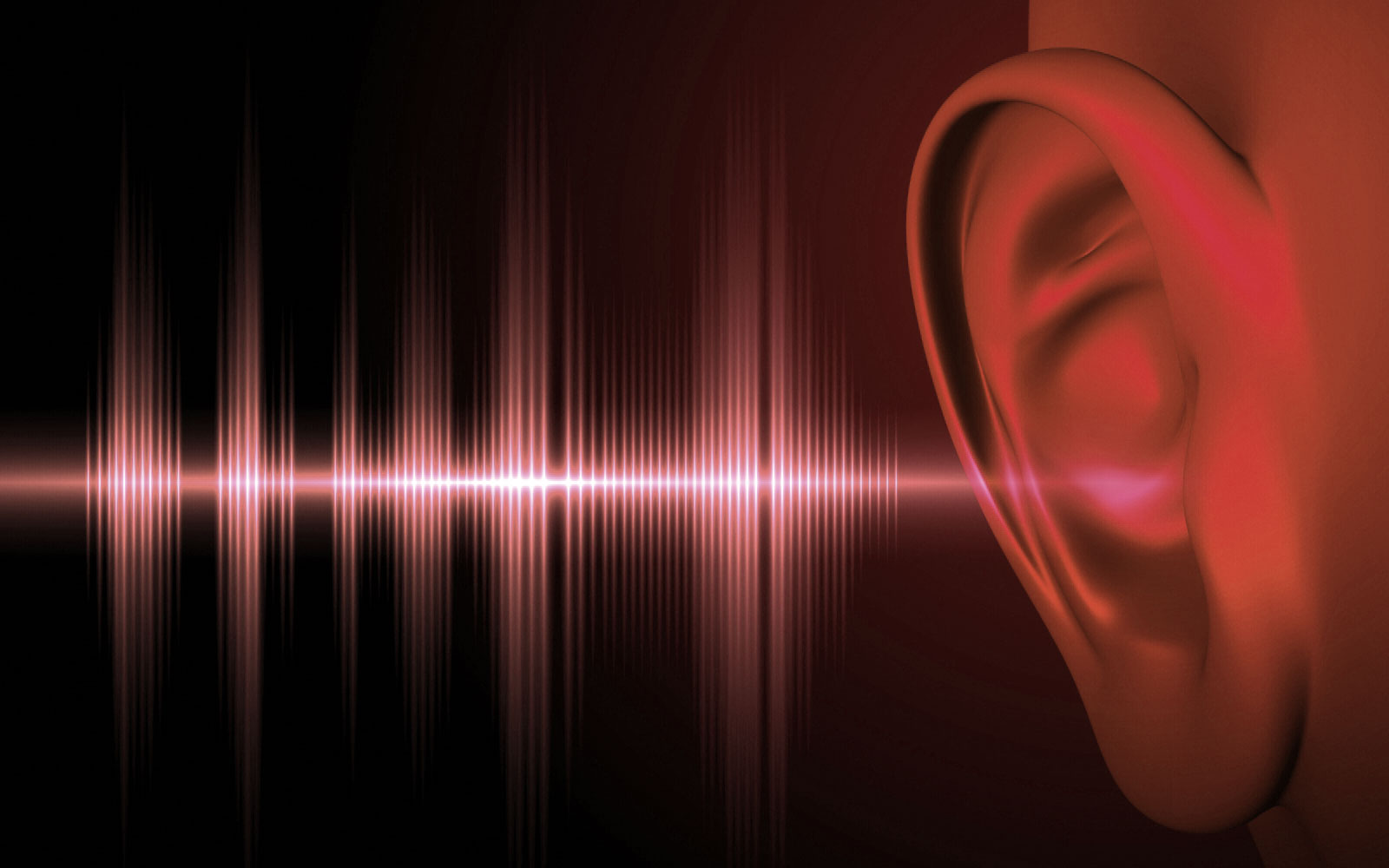
MED-EL
Published Aug 24, 2016 | Oct 09, 2024
Are You an Ear Expert? Take Our Hearing Quiz
Kick-start your brain into gear and test your hearing knowledge with our quiz! Can you get 10/10? Whether you have an ear for odd facts or you’re a science guru, these 10 questions will get you thinking about what’s on your head!

All questions can be answered with either “true” or “false.” Detailed explanations are provided along with each answer—let’s test your hearing knowledge!
True or False?
- The eardrum moves less than one billionth of an inch in response to sound.
- The smallest bone in the human body is found in the ear.
- There are three main parts to the ear.
- The cochlea is about the size of the lid of a coke bottle.
- When the cochlea is unrolled, it is the same length for everyone.
- Air inside the cochlea vibrates the hair cells.
- Humans have better hearing than cats.
- There are three main types of hearing loss.
- It’s not worth it for older people to get hearing implants—they won’t benefit from them.
- When your ears pop, it’s due to pressure changes.

- True: The eardrum, which separates the outer ear from the middle ear, creates a barrier protecting the inner and middle ear from foreign bodies. When the eardrum vibrates in response to sound waves, it moves an incredibly small amount, even less than one billionth of an inch!
- True: The stapes, found in the middle ear, is the smallest bone in the human body.
- True: There is the outer ear, middle ear, and the inner ear. The tiny parts of the ear look fascinating up close!
- False: The cochlea is even smaller—it’s about the size of a pea and is shaped like a snail shell!
- False: Each individual cochlea may have a different length or shape. But since there is such wide diversity in cochlear length, MED-EL has a variety of electrode arrays in various lengths and sizes so they can better match the length of any cochlea, providing a fuller, richer hearing experience. Surgeons take into consideration this factor as well as many others when determining the best electrode array for an individual.
- False: Fluid in the cochlea moves the tiny hair cells that line it. When the hair cells move, they generate electrical nerve signals that are sent along the auditory nerve to the brain.
- False: Our feline friends’ hearing is better than ours! Many animals, such as cats, have larger hearing frequency ranges than humans. A cat’s hearing range extends from about 48 Hz to 85 kHz, while a human can generally only hear a range of about 20 Hz to 20 kHz. Many animals hear in interesting ways: Fish respond to pressure changes in the water, male mosquitoes have thousands of tiny hair cells that grow on their antennae, and crickets have ears on their front legs just below the knee!
- True: Generally speaking, hearing loss is broken down into three types. In sensorineural hearing loss, some of the thousands of little nerve cells inside the cochlea that are needed to detect sound waves and send their information to the brain are damaged or missing. In conductive hearing loss, the nerve cells in the cochlea work, but sound waves can’t get through the outer or middle ear. And mixed hearing loss is a combination of sensorineural and conductive hearing loss.
- False: Regardless of age, a hearing implant can potentially provide extensive benefits through improved hearing that can also positively affect overall health. If you’re an adult who finds it tough to hear in certain situations, use our simple checklist to help identify age-related hearing loss.
- True: Pressure can build up in the middle ear when the air pressure around you changes, for example, in an airplane or driving up a mountain. The Eustachian tube is found in the middle ear, and its job is to equalize the air pressure on both sides of the eardrum.
Did you answer all the questions correctly? Let us know below how many points you scored.
Did you like our quiz for testing your hearing knowledge? Subscribe to the MED-EL Blog to get interesting posts on technology, rehab tips and tricks, and more delivered straight to your inbox weekly!
References

MED-EL
Was this article helpful?
Thanks for your feedback.
Sign up for newsletter below for more.
Thanks for your feedback.
Please leave your message below.
Thanks for your message. We will reply as soon as possible.
Send us a message
Field is required
John Doe
Field is required
name@mail.com
Field is required
What do you think?
© MED-EL Medical Electronics. All rights reserved. The content on this website is for general informational purposes only and should not be taken as medical advice. Contact your doctor or hearing specialist to learn what type of hearing solution suits your specific needs. Not all products, features, or indications are approved in all countries.
Cornell D Hills
October 09, 2024
Great test! I only got 7 out of 10. (C student???) Keep 'em coming. I need some make up quizzes!!!!
Bob Heddle
October 10, 2024
Hello, I’m 83 and my Med el cochlear implants were transformative Don’t be put off by your age Birdsong, grandchildren and music can all be enjoyed. Noisy environments are a bit of a challenge though

MED-EL

MED-EL



Conversation
3 Comments